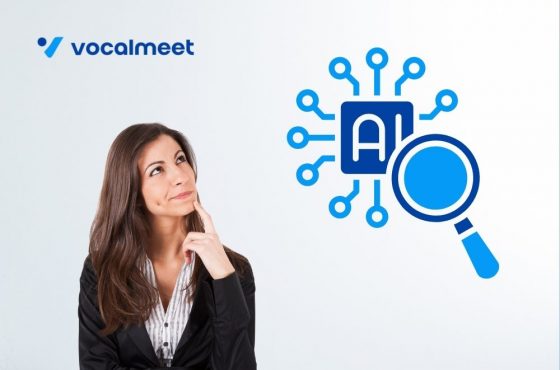How Requirements Documents Help Your Association Obtain the Perfect LMS
If your organization is in the market for a new Learning Management System (LMS), you may have heard the term “requirements document” thrown around quite a bit. But what is it?
In short, a requirements document outlines all of the features and functionalities that your association needs for its LMS. Think of it as a wishlist for your perfect system!
Creating a requirements document may seem like a daunting task, but it’s actually not as difficult as it sounds–and taking the time to create a thorough document will pay off in the long run!
A requirements document will ensure that your association gets the LMS that meets all of your specific needs, without leaving you feeling disappointed or frustrated down the line.
Not sure how to start? Don’t worry–we’ve got you covered. Here are our top tips to get you started:
4 Steps to Creating a Requirements Document
1. Define Your Goals
Before you start writing an exhaustive list of every feature you think would be nice to have in an LMS, take a step back and define your goals. Ask yourself:
- What are you looking to achieve with your LMS?
- Do you want to provide online learning opportunities for your members?
- Do you want to reduce administrative burdens?
- Do you want to create a more engaging member experience?
Once you’ve defined your goals, you can start narrowing down your list to features that will help you achieve those goals—and identifying the ones that are simply nice-to-haves.
2. Involve Stakeholders Early
The requirements document isn’t just for you; it’s also meant to be shared with vendors during the RFP/vendor search process. That’s why it’s important to involve key stakeholders early on in the process so that everyone has a chance to provide input.
Is there a need for integration with other key systems, like an association management system? Will you need to customize the LMS for specific workflows within your association?
After all, you don’t want to find yourself in a situation where the vendor provides a system that meets all of your needs but fails to meet the needs of another key stakeholder group!
By involving stakeholders early, you can avoid potential conflict down the road and ensure that everyone is on board with the final decision.
3. Be as Specific as Possible
When outlining the features and functionalities you need in an LMS, be as specific as possible. Include things like:
- The types of content you need to be able to upload (SCORM-based courses, videos, PDFs, etc.)
- The number of users you need to be able to access the system at the same time
- The kinds of reporting features you need
- The types of integration with third-party vendors (Quickbooks, AMS, Zoom, etc.) you want to include
The more precise you are in your requirements document, the simpler it will be for vendors to understand exactly what you’re seeking (and whether they’re able to supply it).
4. Make Sure It’s Feasible
Last but not least, make sure that everything on your list is actually feasible within your budget and your timeline. The best way to determine feasibility is to share your requirements document with vendors either during the RFP/vendor selection process or early in your initial conversations.
Ask vendors if they feel their system is a good fit for your requirements, and see what kind of suggestions (or concerns) they have about the specific features or functionalities you’ve outlined. By getting insight from vendors on feasibility, you can better prioritize your requirements and make the decisions that are best for your organization.
You may also like: Top 5 Reasons To Replace An e-Learning Vendor
Conclusion:
Creating a requirements document can sound difficult, but by following these simple tips, you’ll realize it’s easier than you think!
Creating a comprehensive requirements document is essential in discovering the right LMS for your member-based organization.
By involving key stakeholders early on, being specific in your requirements, and considering feasibility, you can create a list of requirements that truly reflects your needs–and helps you find the LMS that achieves them all!
So, make sure to take your time and create a thorough document–it’ll pay off in spades later when you’re implementing your shiny new LMS.
Happy searching!



